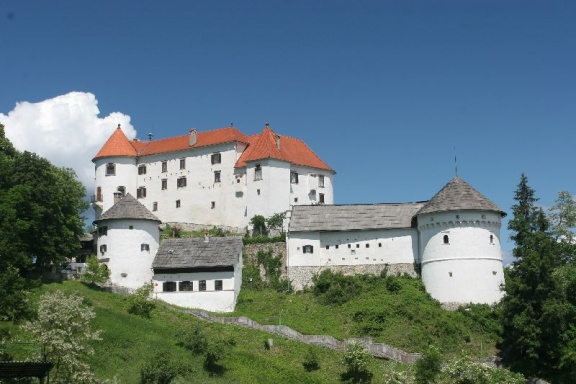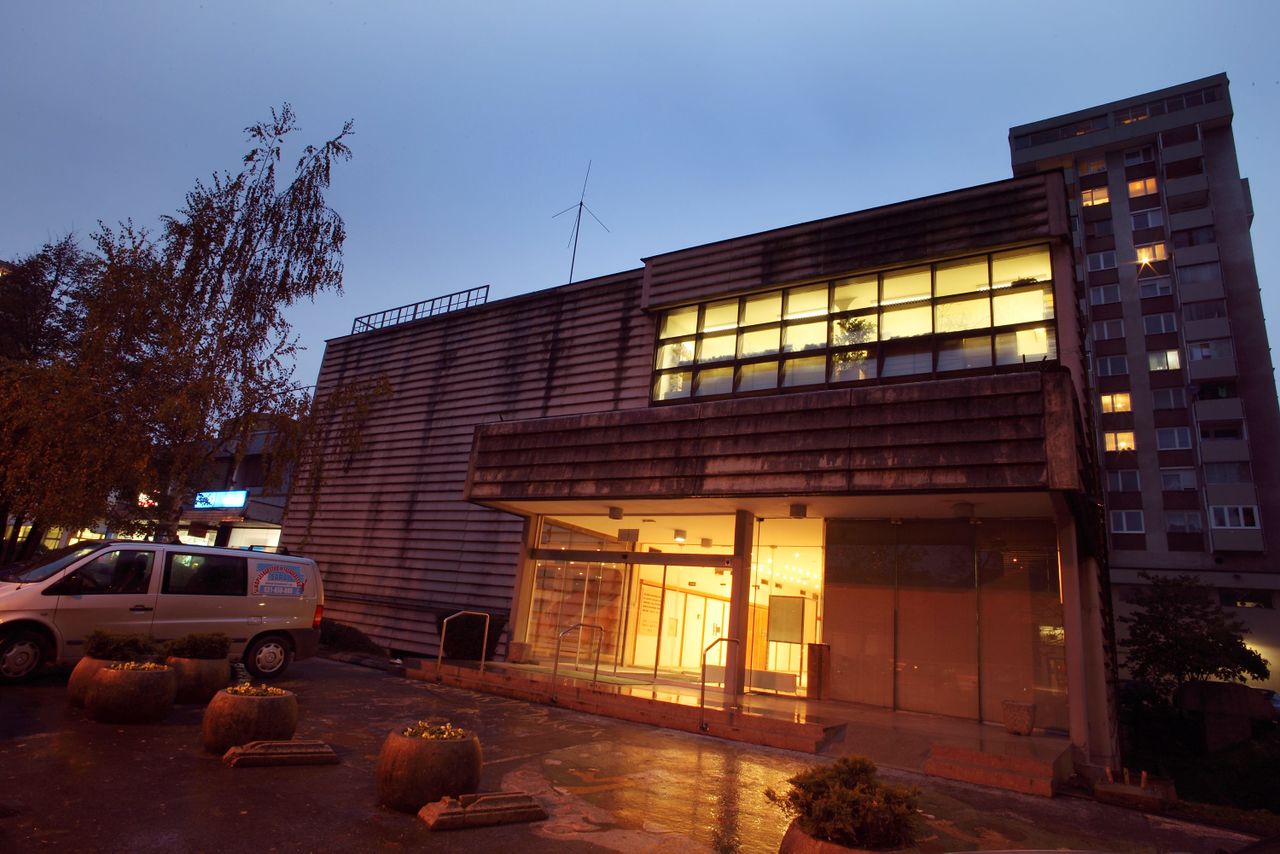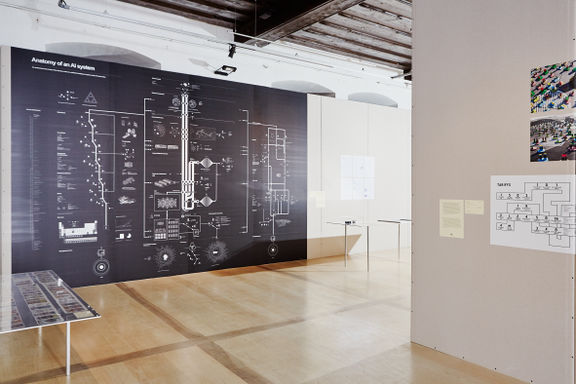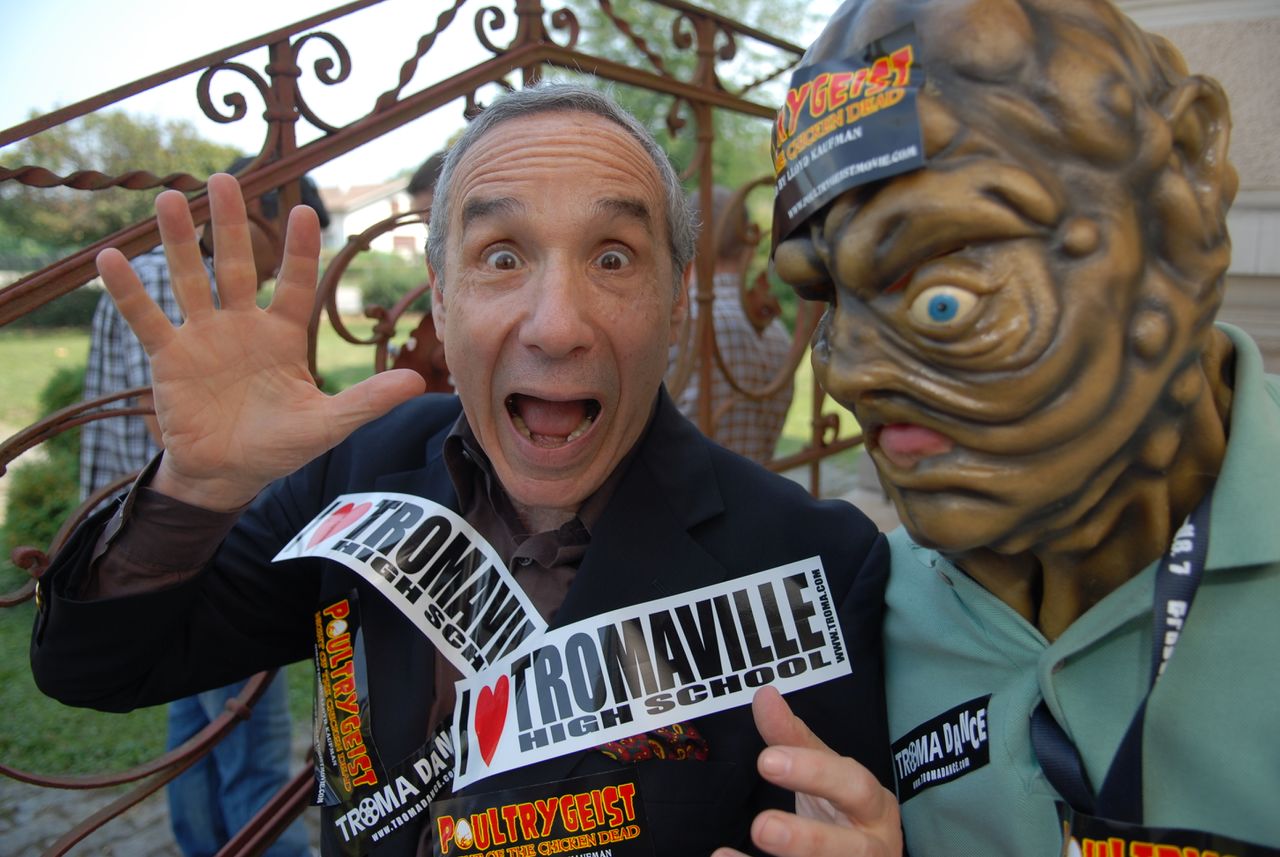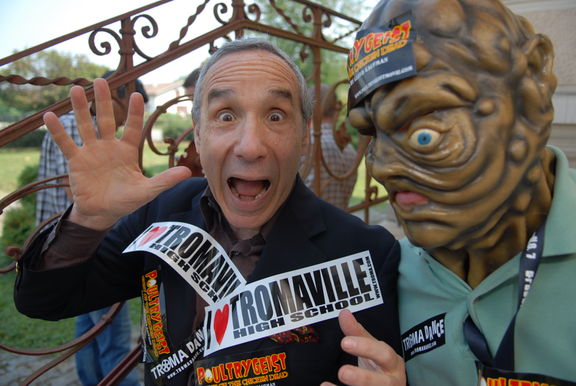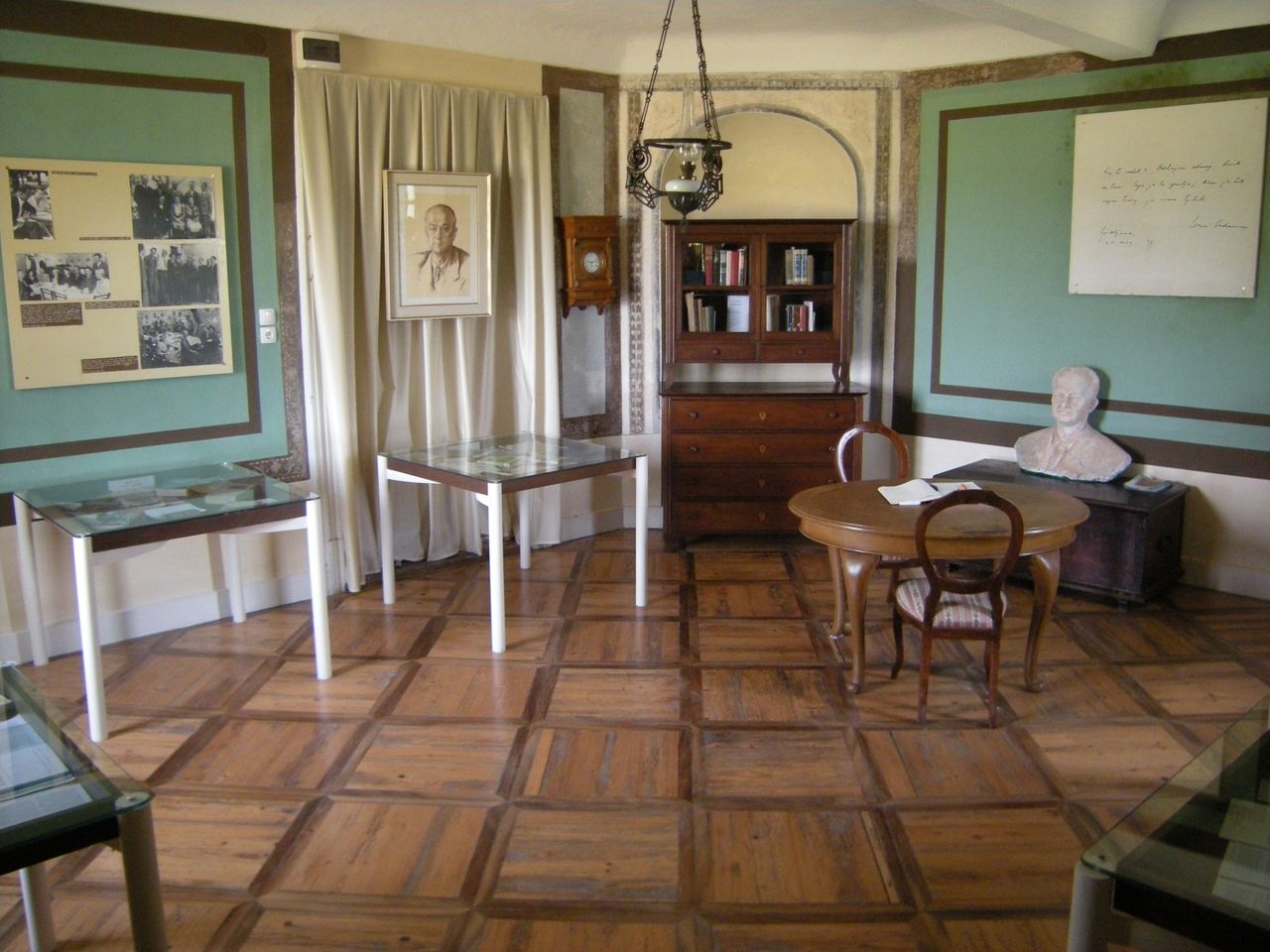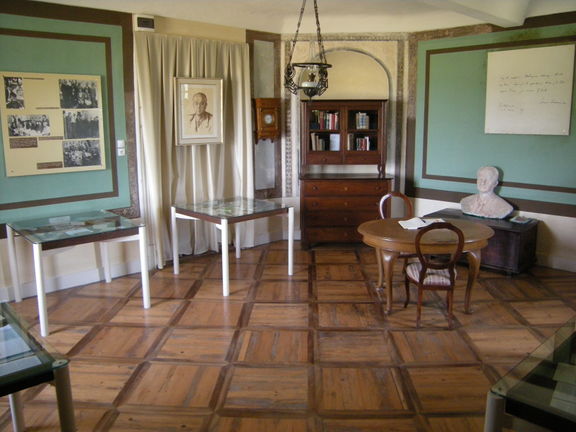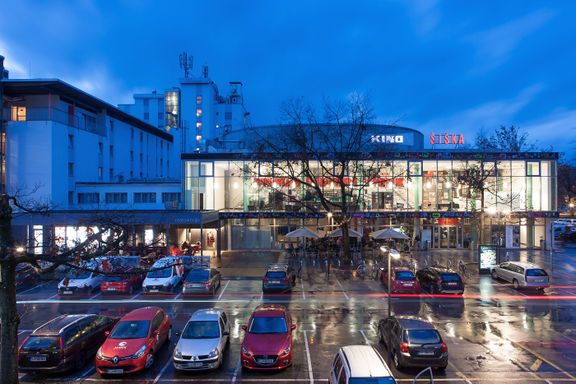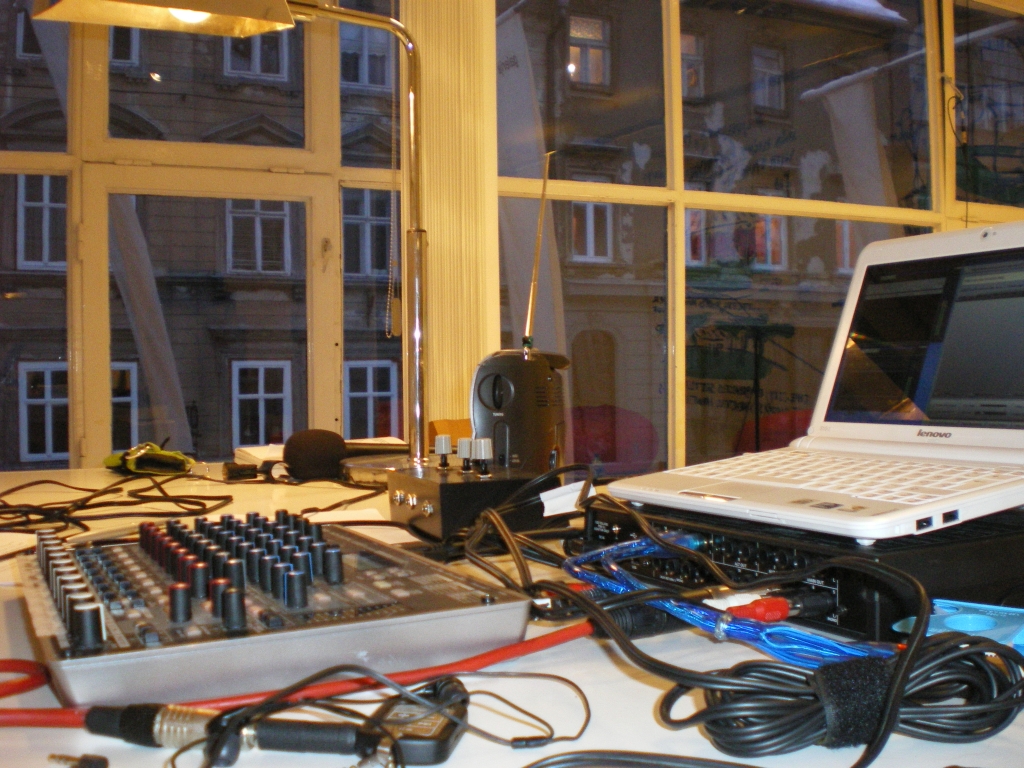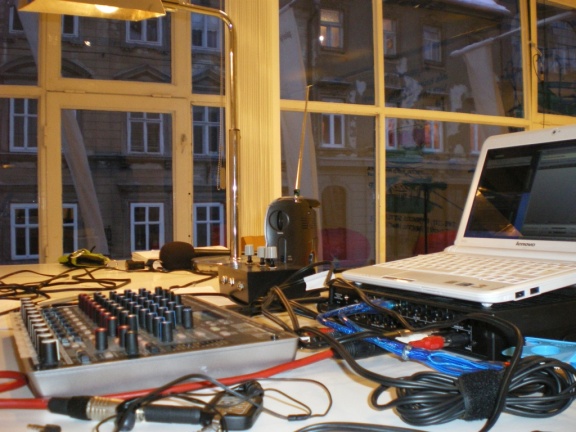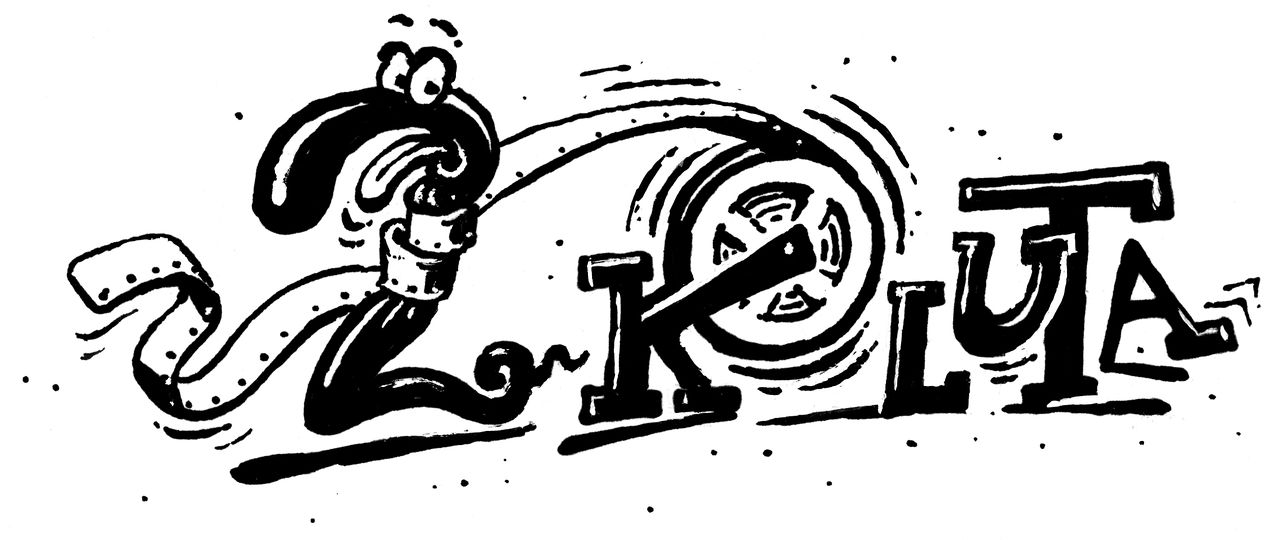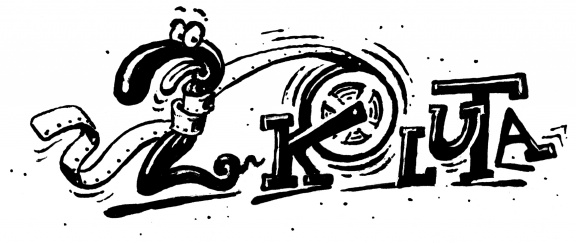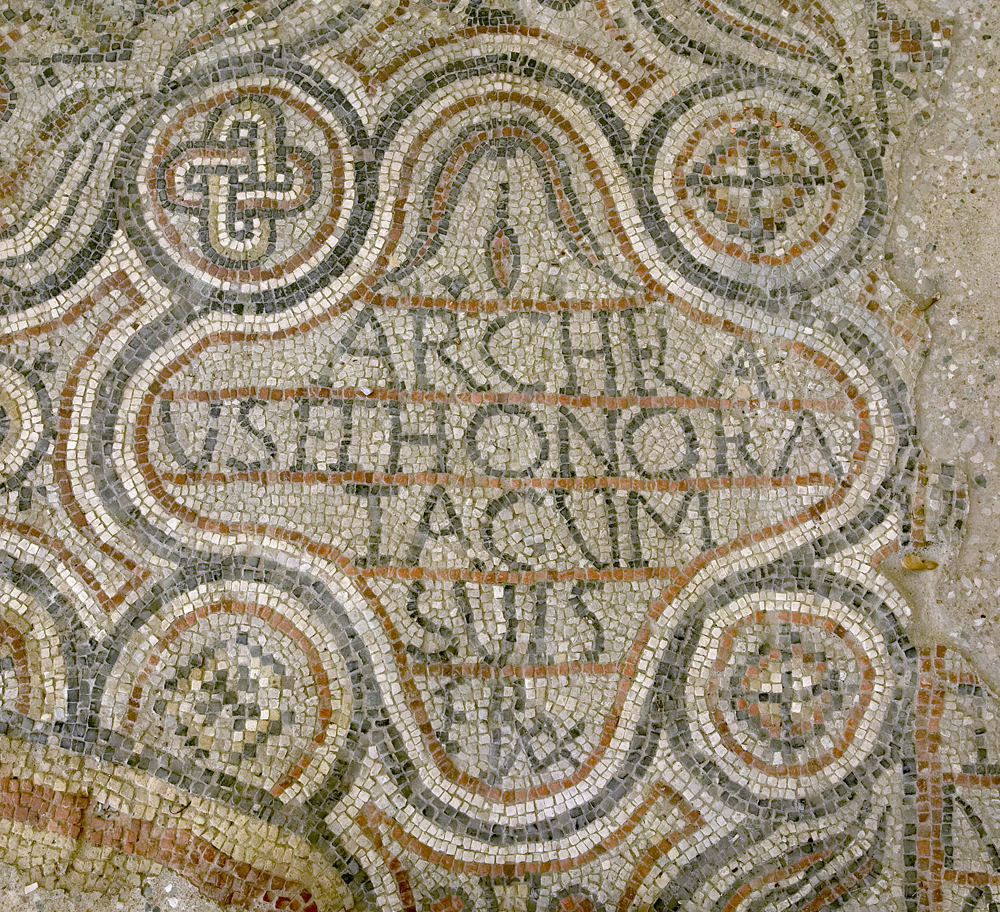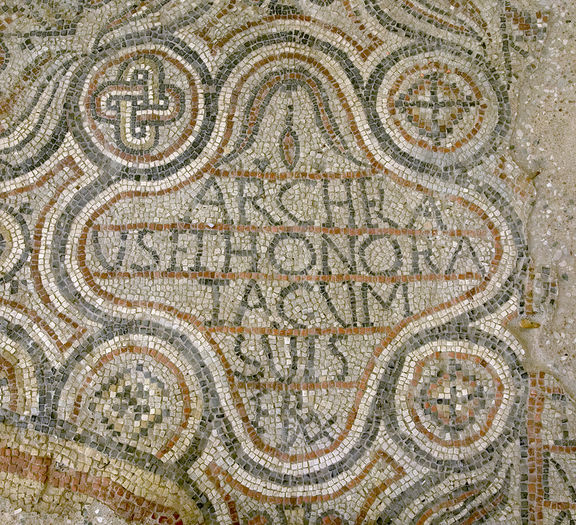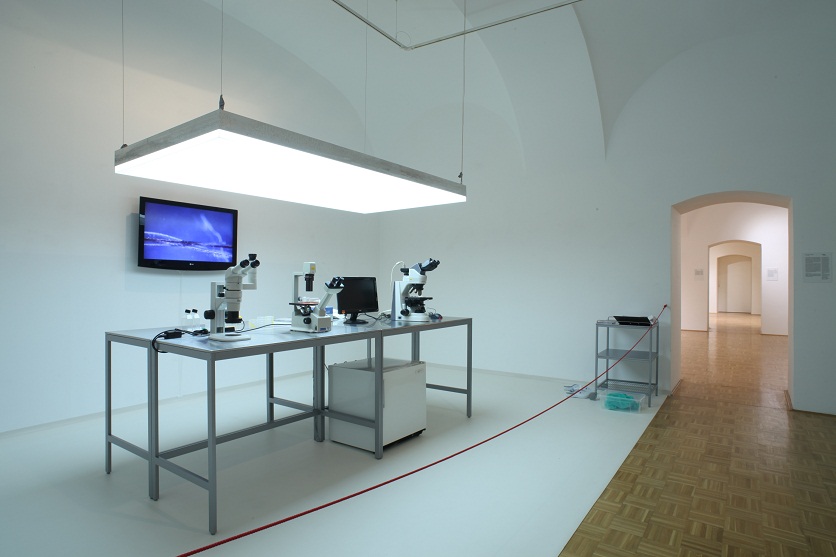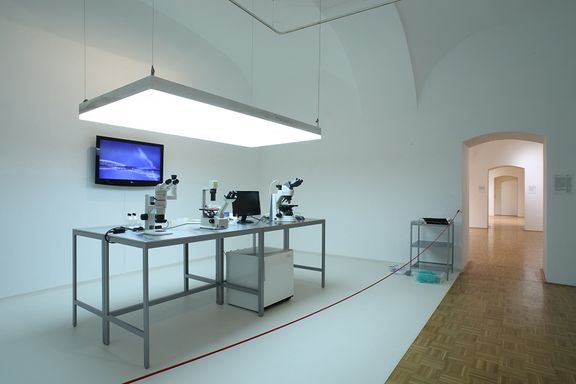Difference between revisions of "Culture.si:Featured"
(csi_featurebot!) |
(csi_featurebot!) |
||
| Line 1: | Line 1: | ||
__NOTOC__ | __NOTOC__ | ||
== Architecture == | == Architecture == | ||
| − | {{Featured article horizontal| | + | {{Featured article horizontal|Velenje Castle}} |
== Dance == | == Dance == | ||
| − | {{Featured article horizontal| | + | {{Featured article horizontal|Španski borci Culture Centre}} |
== Design == | == Design == | ||
| − | {{Featured article horizontal| | + | {{Featured article horizontal|Biennial of Industrial Design (BIO)}} |
== Film == | == Film == | ||
| − | {{Featured article horizontal| | + | {{Featured article horizontal|Grossmann Fantastic Film and Wine Festival}} |
== Literature == | == Literature == | ||
| − | {{Featured article horizontal| | + | {{Featured article horizontal|Louis Adamič Memorial Room}} |
== Music == | == Music == | ||
| − | {{Featured article horizontal| | + | {{Featured article horizontal|Kino Šiška Centre for Urban Culture}} |
== New media art == | == New media art == | ||
| − | {{Featured article horizontal| | + | {{Featured article horizontal|KIBLIX Linux IT Festival}} |
== Theatre == | == Theatre == | ||
| − | {{Featured article horizontal| | + | {{Featured article horizontal|Maribor Theatre Festival}} |
== Visual arts == | == Visual arts == | ||
| − | {{Featured article horizontal| | + | {{Featured article horizontal|RadioCona}} |
== Intangible heritage == | == Intangible heritage == | ||
{{Featured article horizontal|2 Reels - Association for Reanimation of Storytelling}} | {{Featured article horizontal|2 Reels - Association for Reanimation of Storytelling}} | ||
== Monuments and sites == | == Monuments and sites == | ||
| − | {{Featured article horizontal| | + | {{Featured article horizontal|Roman Emona}} |
== Museums == | == Museums == | ||
| − | {{Featured article horizontal| | + | {{Featured article horizontal|Celje Gallery of Contemporary Art}} |
Revision as of 22:25, 1 September 2011
Architecture
Dance
Španski borci Culture Centre
NOT ROBOT, WRITING DONE, NEEDSUPDATE, NOVERIFY, NODEPO, PHOTO, Article, Dance, Theatre & Dance, Theatre, NIFERTIK, Music, INFOBOX, TOPROOFREAD, HAS LOGO, HAS MAP, Public entities, Visual arts, Venues, Literature venues, Literature, Visual arts venues, Articles maintained by Tonko Sekulo, Music venues, Theatre venues, COVER, Cultural centres, Contemporary dance, Dance venues
Design
Biennial of Industrial Design (BIO)
NOT ROBOT, WRITING DONE, PROOFREAD DONE, NEEDSUPDATE, NOVERIFY, NODEPO, Article, NIFERTIK, INFOBOX, HAS LOGO, Festivals, Festivals in November, NO PHOTO, Updated 2020, Festivals in September, Festivals in October, Architecture & Design, Design, Articles maintained by Nina Hlebec, Industrial design, Design festivals
Film
Grossmann Fantastic Film and Wine Festival
NOT ROBOT, WRITING DONE, INFOBOX DONE, PROOFREAD DONE, NOVERIFY, NODEPO, PHOTO, Article, NIFERTIK, HAS LOGO, Festivals, Competitions, Awards and competitions, Articles maintained by Ziga Brdnik, Film, Film festivals, Workshops, Film workshops, Film courses, workshops and residencies, Festivals in July, Updated 2019, Film awards and competitions, Film competitions
Literature
Music
Kino Šiška Centre for Urban Culture
NOT ROBOT, WRITING DONE, INFOBOX DONE, PROOFREAD DONE, FERTIK, NOVERIFY, NODEPO, PHOTO, FEATURED, Article, Producers, Theatre producers, Articles maintained by Anže Zorman, Music, HAS LOGO, EU funding of Slovene organisations (Culture and MEDIA Programmes), EU Culture funding recipient, Updated 2017, HAS MAP, Public entities, Venues, Visual arts exhibition organisers, Exhibition organisers, EU Creative Europe, Culture funding recipient, Event organisers, Music event organisers, Music festival and event organisers, Visual arts venues, Music venues, Concert halls, Exhibition venues, Theatre event organisers, Šiška Cultural Quarter, Theatre festival and event organisers, Theatre venues, Dance producers, COVER, Cultural centres, New media art event organisers, New media art festival and event organisers, Cafés, New media art venues, Music festival organisers, Dance event organisers, Dance venues, Dance festival and event organisers
New media art
Theatre
Visual arts
RadioCona
NOT ROBOT, WRITING DONE, INFOBOX DONE, PROOFREAD DONE, FERTIK, NOVERIFY, NODEPO, PHOTO, FEATURED, Article, HAS LOGO, New media art, Media, Funding, professional and support services, Archives & Libraries, Support services, Articles maintained by Admin, New media art support services, Visual arts support services, New media art funding, professional and support services, Archives, Studios, COVER, New media art studios, New media art archives, New media art archives and libraries, Broadcasting, Radio, Media studios, Visual arts online media, New media art online media
Intangible heritage
2 Reels - Association for Reanimation of Storytelling
NOT ROBOT, WRITING DONE, INFOBOX DONE, PROOFREAD DONE, NOVERIFY, NODEPO, Article, NIFERTIK, Education, Education and research, HAS LOGO, Articles maintained by Ziga Brdnik, Film, NO PHOTO, EU funding of Slovene organisations (Culture and MEDIA Programmes), Updated 2020, Film education, Film education and research, EU MEDIA funding recipient, Publishers, Event organisers, Festival organisers, Literature, Film course and workshop organisers, Literature publishers, Workshop organisers, Film workshop organisers, Literature event organisers, Literature festival and event organisers, EU Creative Europe, MEDIA funding recipient, Literature festival organisers, Animation, Film festival organisers, Film festival and event organisers, Film publishers




